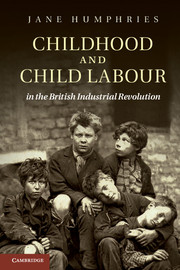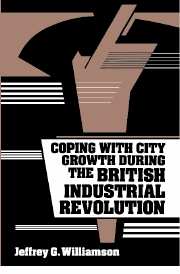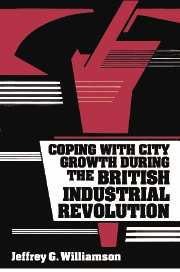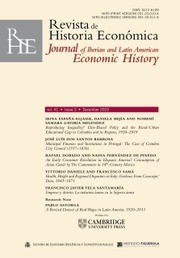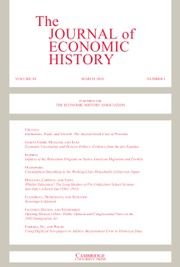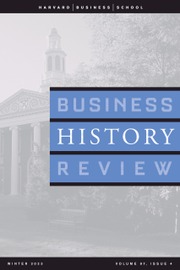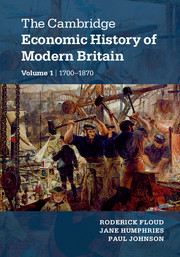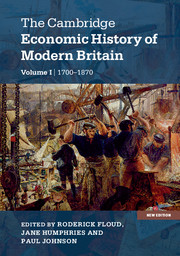Childhood and Child Labour in the British Industrial Revolution
This is a unique account of working-class childhood during the British industrial revolution, first published in 2010. Using more than 600 autobiographies written by working men of the eighteenth and nineteenth centuries Jane Humphries illuminates working-class childhood in contexts untouched by conventional sources and facilitates estimates of age at starting work, social mobility, the extent of apprenticeship and the duration of schooling. The classic era of industrialisation, 1790–1850, apparently saw an upsurge in child labour. While the memoirs implicate mechanisation and the division of labour in this increase, they also show that fatherlessness and large subsets, common in these turbulent, high-mortality and high-fertility times, often cast children as partners and supports for mothers struggling to hold families together. The book offers unprecedented insights into child labour, family life, careers and schooling. Its images of suffering, stoicism and occasional childish pleasures put the humanity back into economic history and the trauma back into the industrial revolution.
- Unique account of childhood during the industrial revolution that draws on working people's own accounts of their lives
- Sheds new light on the individual experience of industrialisation and its impact on working-class family life
- Integrates quantitative analysis with social, family and demographic history
Awards
Winner of the 2011 Gyorgi Ranki Biennial Prize in European Economic History, Economic History Association
Reviews & endorsements
"Recommended." -Choice
"This is a large and important book … It deserves to become not only a classic study of childhood, but also of the Industrial Revolution in Britain. As Humphries herself notes, it has been a long time coming, but for the reader it has been well worth the wait." -History Today
"Childhood and Child Labour in the British Industrial Revolution is richly innovative in its marrying of economic data with life stories. The voices of the children – stoical, matter of fact, and moving in their ordinariness – jump off the page. There is no other historical study of British labour during the industrial revolution that so vividly brings to life the world of the working-class child." -History Workshop Journal
'… offers unique insights into working-class childhoods and sheds light on the significant role of child workers during industrialisation. This important book is essential reading for historians of childhood and the family.' Mary Nejedly, Family & Community History
Product details
October 2011Paperback
9780521248969
454 pages
226 × 150 × 23 mm
0.68kg
7 b/w illus. 37 tables
Available
Table of Contents
- 1. Introduction
- 2. Sources, models, context
- 3. Families
- 4. Household economy
- 5. Family relationships
- 6. Wider kin
- 7. Starting work
- 8. Jobs
- 9. Apprenticeship
- 10. Schooling
- 11. Conclusion
- Bibliography.

